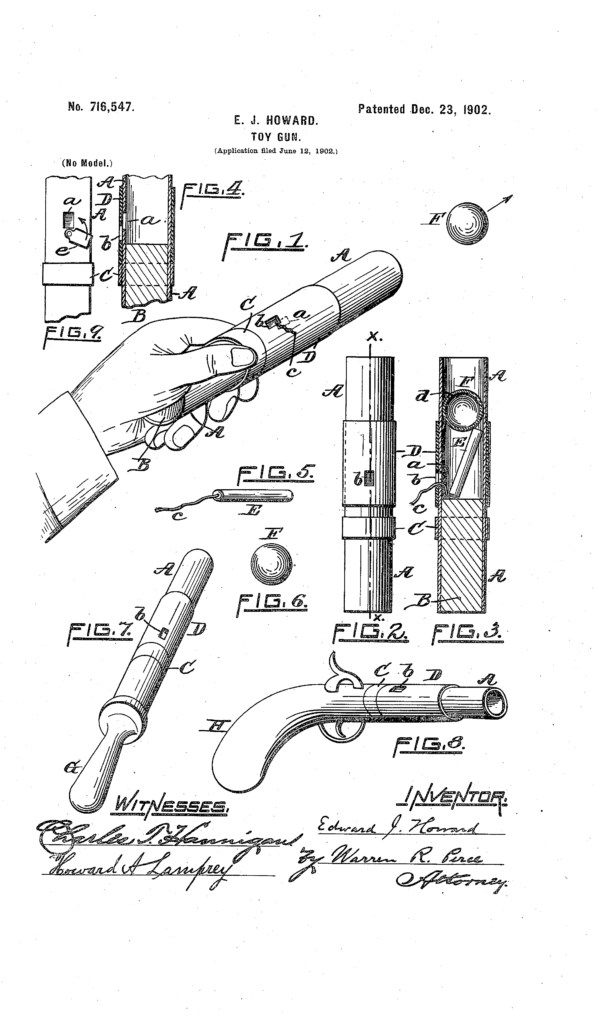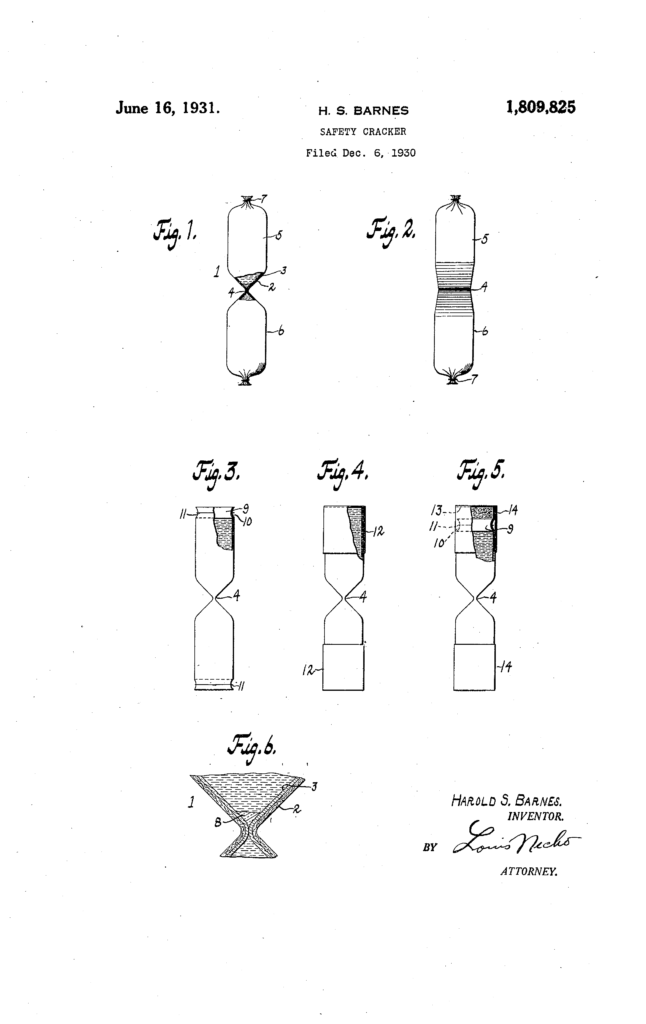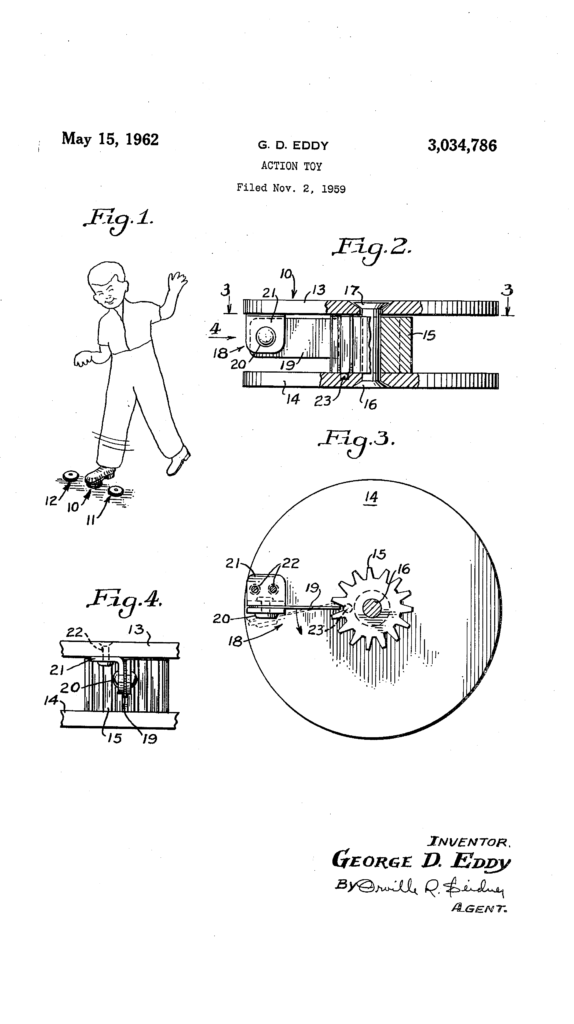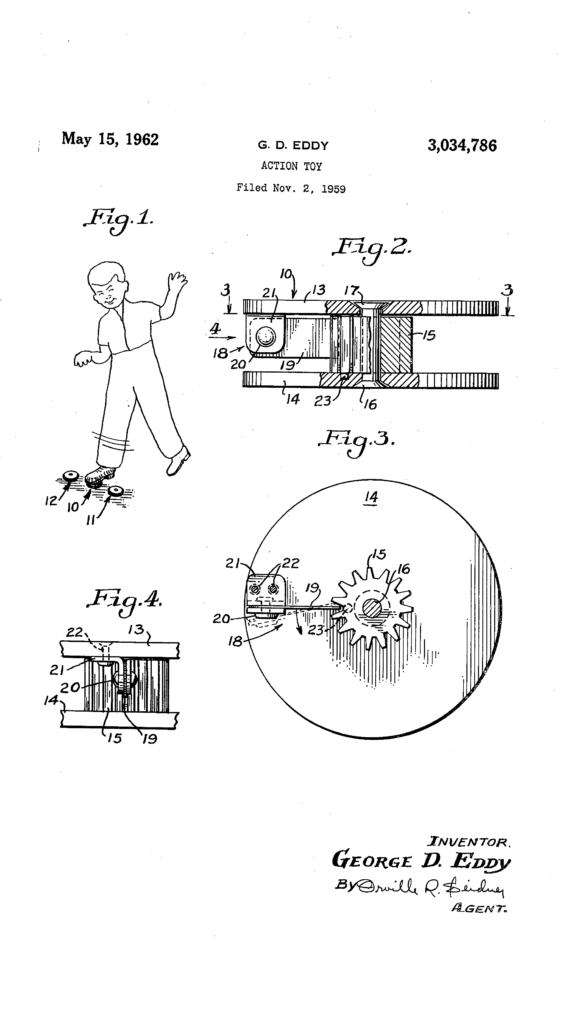Netflix, Inc., v. Divx, LLC, [2022-1203, 2022-1204]( October 25, 2023) the Federal Circuit affirmed two final written decisions of the Patent Trial and Appeal Board (Board) determining Netflix did not meet its burden of proving claims 1– 5 and 12 of U.S. Patent No. 9,270,720 and claims 1–6, 8–10, 13–14, 16–17, and 19 of U.S. Patent No. 9,998,515 unpatentable under 35 U.S.C. § 103. The ’720 and ’515 patents, assigned to DivX, relate to a method for adaptive bitrate streaming of content on a playback device, such as a mobile phone or personal computer. “Adaptive bit rate streaming involves detecting the present streaming conditions (e.g., the playback device’s network bandwidth and video decoding capacity) in real time and adjusting the quality of the streamed media accordingly.”
The Federal Circuit began by stating “While the Board should not take an overly mechanistic view of a petition and decline to address an argument because the petitioner did not present it with ideal vigor and clarity, the Board should also not have to decode a petition to locate additional arguments beyond the ones clearly made. A petitioner may not rely on a vague, generic, and/or meandering petition and later fault the Board for failing to understand what the petition really meant. Ultimately, it is the petitioner’s burden to present a clear argument.
The Federal Circuit rejected Netflix’s contention that the Board was “absurd” in how it understood Netflix’s argument. The Federal Circuit said that it did not wish to discourage petitioners from making arguments in the alternative. Rather, it was emphasizing that it is the petitioner’s burden to make clear when alternative arguments are being presented and to sufficiently expound on each one. The Board should not have to work as hard as Netflix wants to identify all arguments fairly presented in a petition.
Concluding that the Board’s interpretation of Netflix’s arguments was not unreasonable, the Federal Circuit affirmed.
















